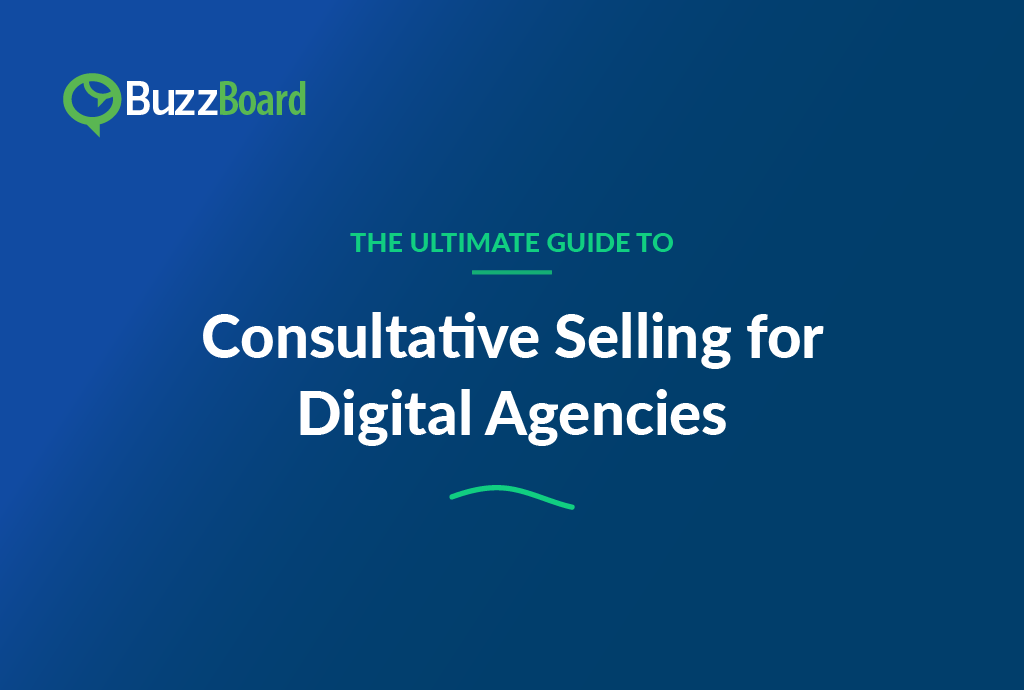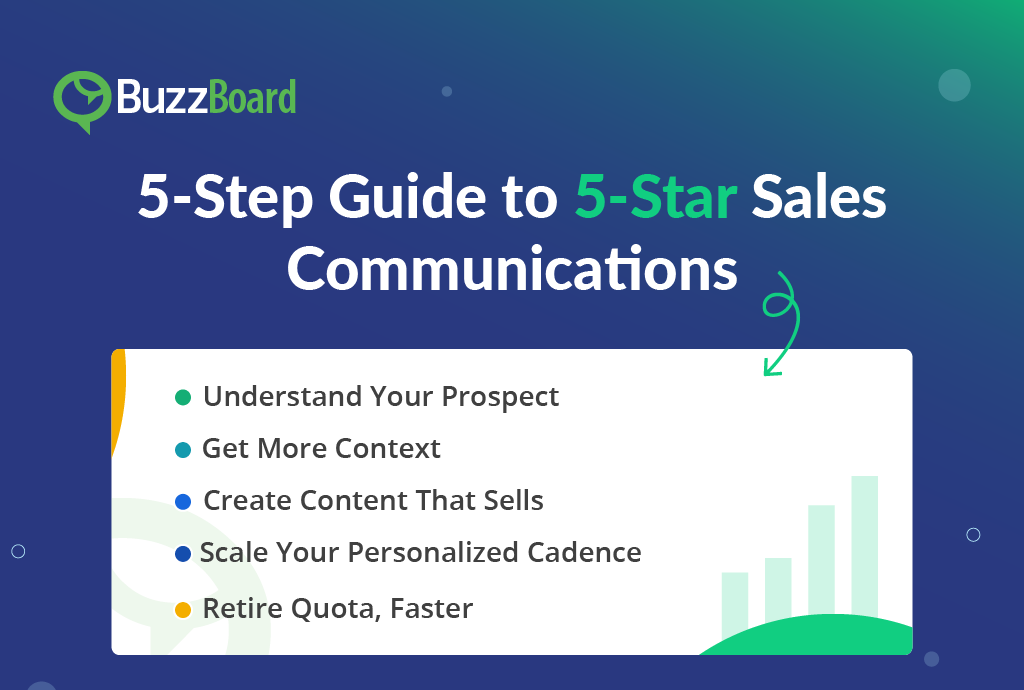As a sales professional, it is crucial to have a deep understanding of the small business market in order to effectively sell to this segment. Small businesses play a vital role in the economy, and their unique needs and challenges must be taken into consideration. By familiarizing yourself with the characteristics of the SMB market, you can tailor your sales approach to meet their specific requirements.
While experts repeatedly stress on ‘personalization’ and ‘understanding’ this small business segment for its diversity and complex decision-making nature, sales reps often feel lost and baffled to convince SMBs due to the ever-changing market dynamics, fierce competition, and the lack of pursuing a fruitful conversation.
Let’s talk ‘CONVERSATIONS that CONVERT’. So here we are manifesting the art of conversation with 5 thumb rules—step-by-step! Whether you are a B2SMB solution provider or a sales professional, this winning strategy guide for selling to small businesses would form the foundation for your SMB conquest.
#Rule 1
Build Relationships—Consider the Human Touch to Catapult Your Success
Where data-driven insights rule the roost, building relationships isn’t just a nice-to-have; it’s a strategic imperative. It transforms you from a vendor to a trusted partner, aligning your interests with those of your clients.
Building relationships with small business owners requires a proactive approach—taking the time to understand their specific needs and challenges, listening attentively, and asking relevant questions to show your genuine interest in their business. Additionally, being responsive and reliable. So before you master the art of conversation, all of this could be a good conversation starter. Plus, small business owners appreciate vendors who are accessible and deliver on their promises. Therefore, the following suggestions might help you earn their trust and loyalty.
Firstly, small businesses often prioritize personal connections and trust when making purchasing decisions. This is because those are often run by the owner or a small team unlike larger corporations. By establishing a strong rapport, sales professionals can gain the confidence of these decision-makers, making it more likely that they will choose your product or service over competitors.
Secondly, small business owners usually have to manage various aspects of their operations. By nurturing a relationship, salespeople can better understand the unique challenges and needs of each business, allowing them to tailor their offerings accordingly. This personalized approach increases the chances of providing solutions that genuinely benefit the small business, fostering long-term loyalty.
Thirdly, SMBs often rely on word-of-mouth recommendations from their peers and fellow entrepreneurs. Building strong relationships with one small business can lead to referrals within tight-knit communities, expanding your customer base.
#Rule 2
Identify Your Prospects: Precision Is the Name of the Game
Pinpointing your target small business prospects is akin to finding the North Star. It’s not just important; it’s the guiding light that can steer your strategy toward success.
Do note that not all small businesses are the same, and your product or service may not be relevant to every business in this segment. But honing in on your ideal prospects lets you direct your resources, time, and efforts where they truly matter. It’s like a magnifying glass on your sales strategy, allowing you to focus on potential customers who are not just interested but genuinely need your product or service. This sharpens your aim and increases the chances of turning leads into loyal clients.
Start by analyzing your existing customer base to identify common characteristics among your most successful clients. Look for patterns in terms of industry, company size, geographic location, and any other relevant factors. This will help you create a profile of your ideal small business prospect. Additionally, leverage market research and industry reports to gain insights into the needs and challenges of your target market. By understanding their pain points, you can position your product or service as a solution that will meet their specific needs.
#Rule 3
Research and Qualify SMB Accounts: Separate the Wheat from the Chaff
Research is your treasure map. In a world inundated with data, having the ability to sift through the noise and pinpoint valuable SMB accounts is like discovering hidden gems.
Once you have identified your target small business prospects, it is crucial to conduct thorough research and qualify each potential account. By diving deep into data sources, you can uncover key insights, such as a business’s industry, size, pain points, and growth potential. Additionally, research the key decision-makers within each organization. Find out their names, roles, and any relevant background information. This will enable you to personalize your communication and build connections with the right individuals. The knowledge collected through research empowers you to identify high-potential prospects that align with your offering.
But remember, just gathering data isn’t good enough unless they are put into use and that too wisely. After conducting your research, it is important to qualify each potential account. Consider factors such as their budget, timeline, and fit with your product or service. Data aggregation and account intelligence tools make this task simpler allowing you to stay super-targeted in your outreach. Instead of asking probing questions to uncover their pain points to evaluate whether your offering can truly address their needs, these tools make pre-qualification of SMB accounts a breeze By pre-qualifying your SMB accounts, you can prioritize your efforts and focus on those prospects that have the highest potential for success.
BuzzBoard uses its rich data aggregation capabilities and pairs that with the best and the latest generative AI models to surface detailed context and business summary about small and medium business prospects, reducing your research and prep time to almost zero…acting as your digital sales assistant for SMB prospecting.
You can assess whether a potential SMB account meets your ideal customer profile, ensuring that your sales efforts are focused on businesses that are most likely to benefit from your product or service. This strategic approach maximizes your efficiency and increases your chances of closing deals.
#Rule 4
Make Communication Effective: Launch Your Superpower
Mastering effective communication techniques isn’t just a skill; it’s a strategic advantage. You must make sure that your secret weapons transform casual conversations into powerful connections to drive growth and foster mutual success.
While research and qualifying SMB accounts are essential steps in the sales process, they are not quite sufficient to guarantee success in winning over SMBs. Your weapons need a grindstone to be razor sharp, and in the SMB space we name it ‘empathy’.
In the competitive landscape of SMBs, where resources are limited and every decision counts, your endeavors never stop right after resource allocation, but you continue to strive for resonance. Surely, the ability to communicate clearly, empathetically, and strategically can make all the difference.
When you know exactly who your prospects are, you can tailor your marketing and messaging to their specific pain points and preferences by highlighting how your products/services can help them solve their problems, save time, or increase their revenue. Think of it as crafting a personalized invitation to a party they can’t resist. Your outreach becomes more compelling, more relevant, and ultimately more effective. We’ve got some tips for you:
- Use language that is simple and easy to understand; avoid jargon or technical terms that may confuse or overwhelm SMBs
- Bet on storytelling—SMBs respond well to narratives that illustrate how your product or service can solve their real-world problems
- Be an active listener during your conversations
- Pay attention to your customers’ concerns, questions, and objections
- Respond thoughtfully and provide relevant examples or case studies to address their specific needs
Try BuzzBoard Ignite for crafting your most hyper-personalized sales cadence ever. Start Your Free Trial Today!
#Rule 5
Overcome Common Objections: Turn Hurdles into Opportunities
From concerns about budget constraints to skepticism about the value of your offering, each objection is a chance to engage, educate, and ultimately win over your SMB clients.
In SMB sales, it is common to encounter objections from small business owners. These objections may stem from concerns about cost, time, or the perceived risk of implementing a new solution. By proactively addressing these objections and providing reassurance, you can overcome resistance and move the sales process forward.
One effective approach is to anticipate objections and address them before they are raised. During your initial conversations with small business owners, listen carefully to their concerns and objections. Take note of these objections and develop compelling responses that address their specific concerns.
Next, small businesses, local businesses in particular, respond to how they stack up to their competitors in the area. Equipping yourself with in-depth knowledge about your prospect’s top competitors emerges as a formidable strategy when it comes to addressing objections. When you can demonstrate to them not only why their peers seem to be outshining them but also how your solutions can propel them towards a brighter future, you’re not just selling a product or service, you’re offering a catalyst for their success in the local marketplace.
Another effective technique is to provide social proof. Small business owners are more likely to trust the experiences and opinions of their peers. Therefore, leverage testimonials, case studies, and success stories to demonstrate how your product or service has helped other small businesses similar to theirs. By showcasing real-world examples of success, you can alleviate their concerns and increase their confidence in your offering.
Mastering the art of SMB sales conversation equates to unlocking the hearts and minds of small business owners. So, embrace the power of active listening, empathetic engagement, and data-driven insights. Take the personalized route, provide value in every conversation, and remember that transparency and trust are your strongest allies. With the art of ‘conversation that converts’ as your guiding light, you’ll not only win over SMB clients but also forge partnerships that stand the test of time.
Craft hyper-personalized sales and marketing content at scale with generative AI tools that use proprietary SMB data.








